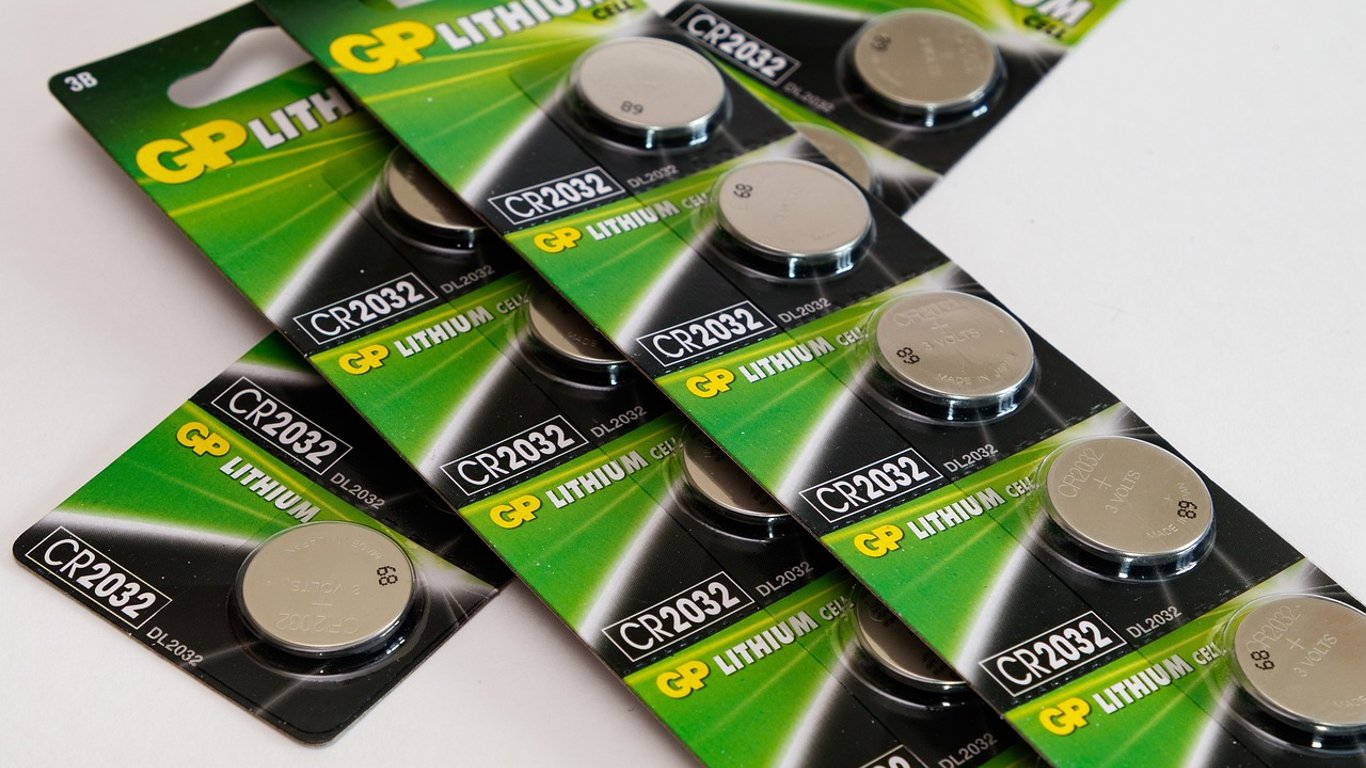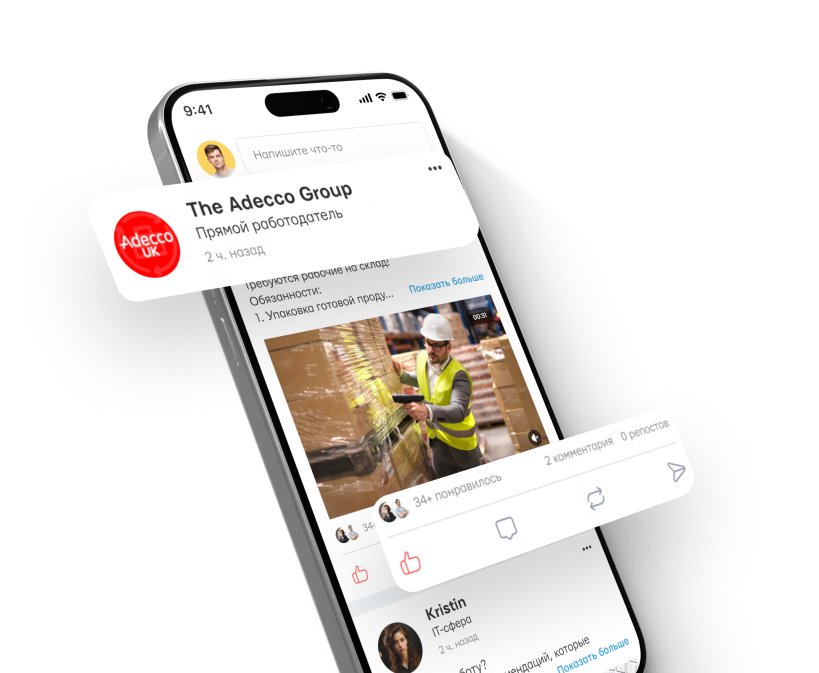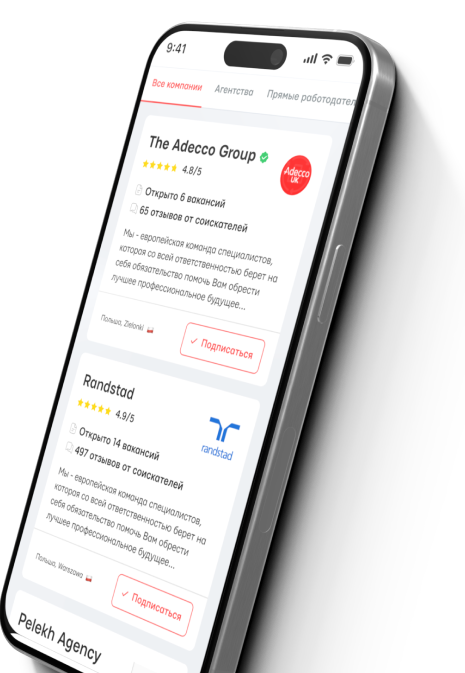Without a mine — scientists have invented a new way to obtain lithium.


Researchers from the Argonne National Laboratory of the U.S. Department of Energy and the University of Chicago have made a significant breakthrough in mineral extraction. Scientists have developed an advanced membrane technology that allows for the extraction of
lithiumfrom salty water.
The new membrane is made using vermiculite — an inexpensive and widely available clay, costing only about 350 dollars per ton. It filters lithium ions with exceptional efficiency, offering a potential domestic alternative to traditional mining.
Mining lithium without a mine
Currently, lithium is mined in several countries through extraction from rock or evaporation from salt lakes. These processes are expensive and slow.
At the same Time, huge amounts of lithium are dissolved in seawater and underground brines. Until now, obtaining it from these sources has been uneconomical.
A team of researchers from the Argonne National Laboratory of the U.S. Department of Energy and the University of Chicago has developed a method that allows for the exfoliation of vermiculite into sheets just one billionth of a meter thick, and then stacking them to create a dense layered filter. The sheets are so incredibly thin that they are classified as two-dimensional materials.
Then, researchers filled the membrane with sodium cations that clustered around columns of aluminum oxide. This shifted the surface charge of the membrane from neutral to positive.
In salty water, lithium and magnesium ions carry a positive charge, but magnesium has a higher charge (+2) compared to lithium (+1).
The positively charged membrane repels positively charged magnesium ions more strongly, allowing lithium ions to pass through more easily while blocking magnesium.
To further enhance selectivity, the team added additional sodium ions that compacted the porous structure of the membrane.
This modification allows smaller ions, such as sodium and potassium, to pass through while capturing lithium with greater precision.
The result is a scalable and cost-effective filtration method that can unlock untapped lithium reserves, which are abundantly found in oceans, underground brines, and even wastewater.
Moreover, the application of the membrane goes beyond lithium. Researchers claim that it may aid in the extraction of other important minerals, including nickel, cobalt, rare earth elements, and even in the removal of harmful pollutants from drinking water.
Read also
- Evacuation of the wounded and delivery of shells — the work of ground drones
- Five Little-Known Useful Functions of Subaru Cars
- Three Best Alternatives to Google Chrome Browser for iPhone
- First in Europe - what Kyivstar will launch by the end of 2025
- Which engine to choose for a used Renault Logan and Sandero
- Reserv+ gives an error when logging in - what is known









